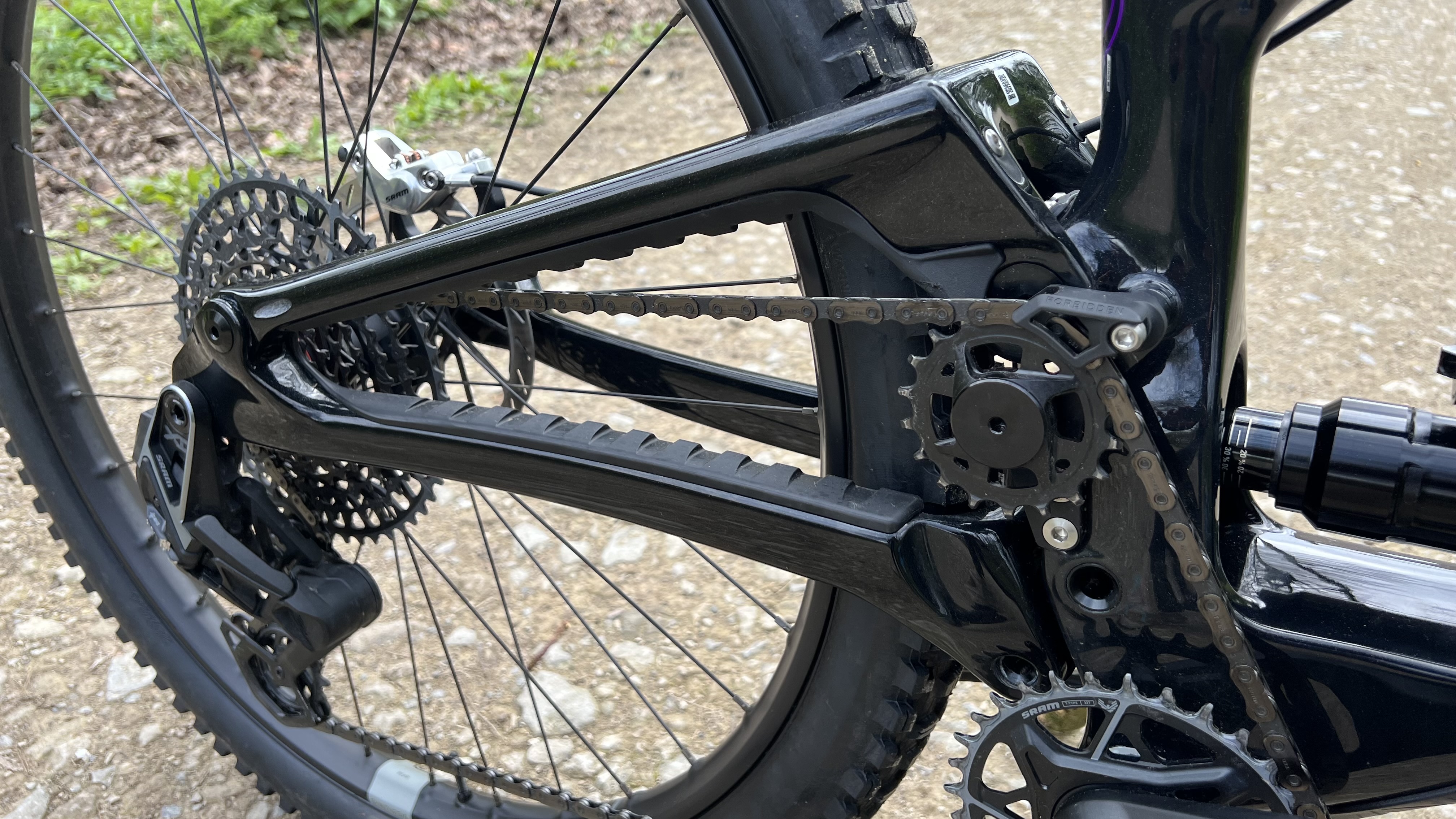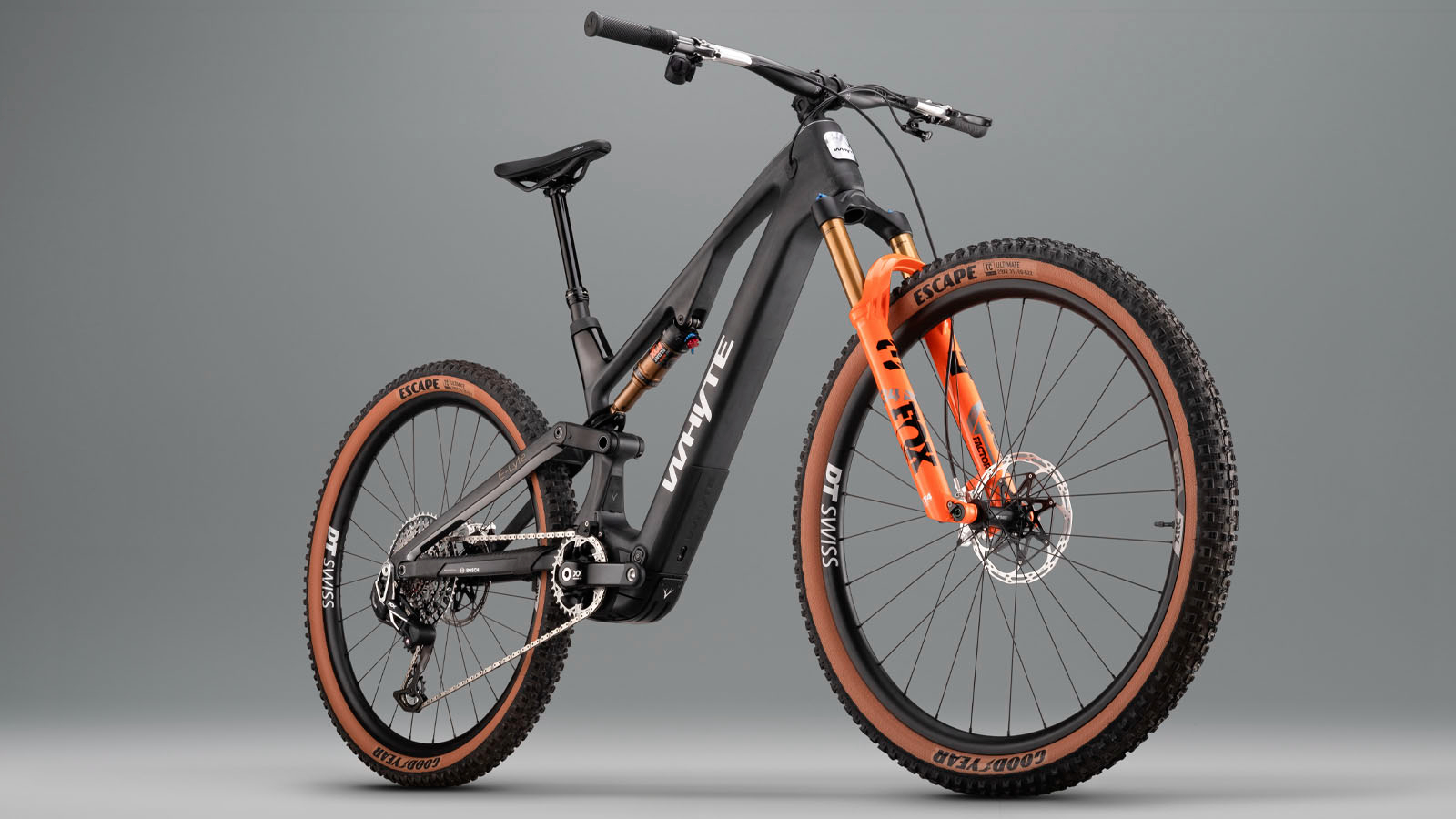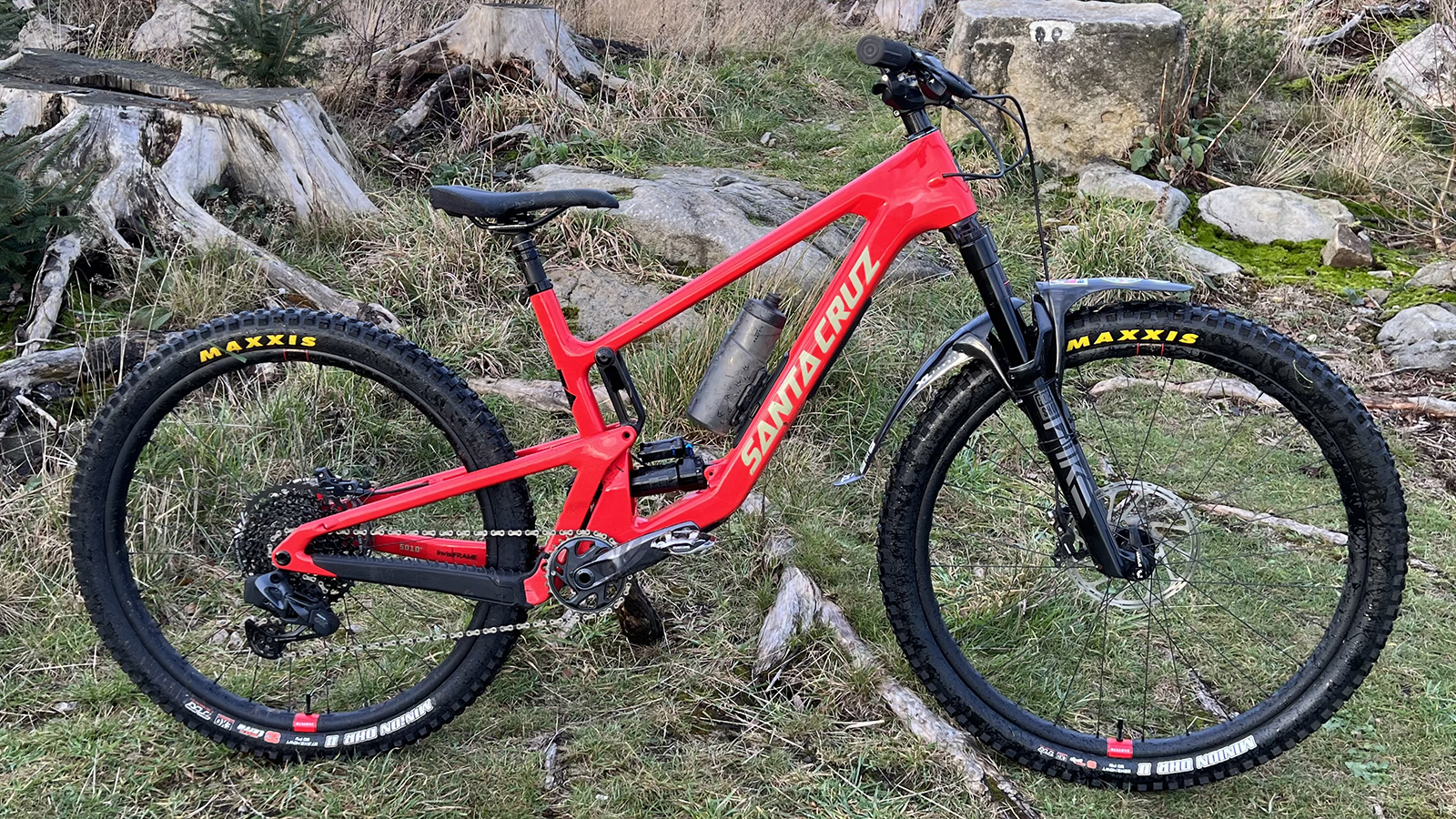
Sorry to keep banging on about the bike industry situation at the moment, but what I’ve not talked about before is how the industry could look going forward. Specifically in terms of how the current situation could affect future innovation.
The burst of the covid boom/bubble has meant that brands are sitting on a ton of bikes and bits (BOGOF deals on Kona anyone?) that aren’t even selling at massive discounts as a result, and no-one wants to be in the same position again. That means any accountant worth their salt is going to be going through those sales figures with one simple objective – identifying what sold with the least effort, and stripping down product ranges to prioritize those items going forward.

We’re already seeing that happen too. Brands like Haibike and Lapierre had the foresight to predict how dominant e-MTBs would become early on and hacked their non-motorized bike range back to a minimum. Focus went through a similar process where a whole parade of different Shimano and SRAM spec bikes were narrowed down to key sellers with clear sales stories and it worked really well.
Whyte have just done it with the launch of their 2024 range. Completely dropping their award winning range of plus-tired hardtails and massively slimming down their alloy trail bike range. Bikes I know they were developing haven’t made the 2024 line up in favor of investment in the new E-Lyte range and even that only comes in limited sizes. It’s made an immediate difference too, with serious price reductions on the remaining bikes putting Whyte back into a really competitive position. But while that makes perfect sense on a spreadsheet, it’s really not a healthy situation for the future of innovation and tech.
That’s because anything still sitting in warehouses and shops (especially even after a ton of sales and promotion) is now definitely on the hit list going forward. Those bikes are often the ones that are ahead of the curve technology-wise, but are not always appreciated by the mass market. However, because testers and progressive riders really rate those bikes, they end up driving innovation and tech forward until it reaches the mainstream.
Totally radical
Using those same brand examples again, Haibike and Lapierre pushed the e-MTB agenda forwards when it was idler drives, bolt-on batteries and crude power delivery. Whyte founded their brand with the PRST-4 – one of the freakiest bikes ever with Praying Mantis linkage forks and wraparound rear swingarm. But back in 1999 it was also one of the first pure full-suspension disc brake bikes and had proto-oversized clamping axles derived from race motorbikes. They followed it up by surfing right on the face of the new tech wave with single ring specific frames, short offset forks, progressive geometry on MTB and gravel, fat road tires and, most recently, rotated motor placement and rail mounted batteries.
There are countless other brands carving out a niche space and radical reputation by pushing forward with tech in some way. Investing huge amounts of prototyping time and risk into producing something genuinely different. Even then, I think about the bikes and tech I’ve really enjoyed riding this year most of them fall into this category. The Forbidden Druid V2 with its refined ‘inverted four bar’ high pivot design. The latest chapter of Cotic’s hard charging steel trail bike story, the Jeht.

Even the bike I’ve just written up most recently – Santa Cruz’s 5010 – was born from the hardcore XC meets jump bike mongrel that was the Blur 4X 20 years ago. The 5010 still doesn’t make sense on paper either with its short travel, mixed wheel format hidden behind bigger travel bikes like the Bronson and faster rolling bikes like the Tallboy. The people at Santa Cruz’s overlords, Pon, are going to notice that it’s an awkward sell too. Especially as Santa Cruz have dialed in the detail so much that it has its own separate rear swingarm assemblies – even though the major dimension differences are within a millimeter of those on the Tallboy swingarm. Plus, geometry and carbon layup are different on every frame size from S to XXL, which gives it impeccable balance and feel on the trail but will surely look like an expensive indulgence when production costings are getting reviewed. That’s particularly pertinent in this case, as the same top management at Pon oversaw the very successful range cull at Focus a couple of years ago.
Extinction rebellion
I can think of a ton of other brands where there are so many seemingly overlapping options that the confusion about purpose and performance is enough to put buyers off completely. And that’s another win for brands with simpler ranges of largely generic but already accepted and easily sold products which don’t need to pay off expensive R&D investments. Smaller brands and potentially smarter ideas are up against it right through the industry too. Manufacturers and vendors won’t overly worry if someone who only orders in hundreds bites the dust, so those ordering in tens of thousands get the better deals and delivery. Shops need more convincing to give up floor and shelf space to something unproven, especially if the margins are slimmer. But time and again it’s been those innovations and developments from outside the mainstream that have made riding better, more fun, safer, more exciting and more sale-able over time.
And you can cantilever this argument about the freaks being the really important things as far back in time as you want. I’ve been testing and selling bikes for long enough to see the first twenty niner wheels, through-axles, tubeless tires, disc brakes, front and rear suspension, short stems and riser bars and even carbon and alloy MTB frames move from mad ideas to mainstream. Our sport might not even exist at all had Gary Fisher and Charlie Kelley not put the 'Mountain Bikes' name above the shop they set up to sell Tom Ritchey frames built up with whatever mongrel mix of road, touring, beach cruiser and even motorbike parts they could scrabble together.
Innovation as a vital part of society's innovation goes way beyond biking too. Most scientists who’ve discovered something significant have risked ridicule for their observations. The first apes who started walking on their hind legs probably got a lot of abuse hurled at them until their knuckle dragging detractors realized the upstart uprights could actually throw sticks and stones at them, not just harsh howls. There’s probably even a forum somewhere where single cell organisms are still saying that splitting in half and multiplying is just a fad that won’t catch on.
In other words, if you want innovative, daring design that continues to push tech forwards to continue being a core strength of mountain biking, now is an absolutely vital time to give those brands support. Because not only will buying their gear mean you help guarantee that some people still take the more awkward and less accountant approved way forward. It’ll quite possibly get you something that really grabs your heart, tickles your fancy and makes every ride something special in a way that a blander bargain won’t.







